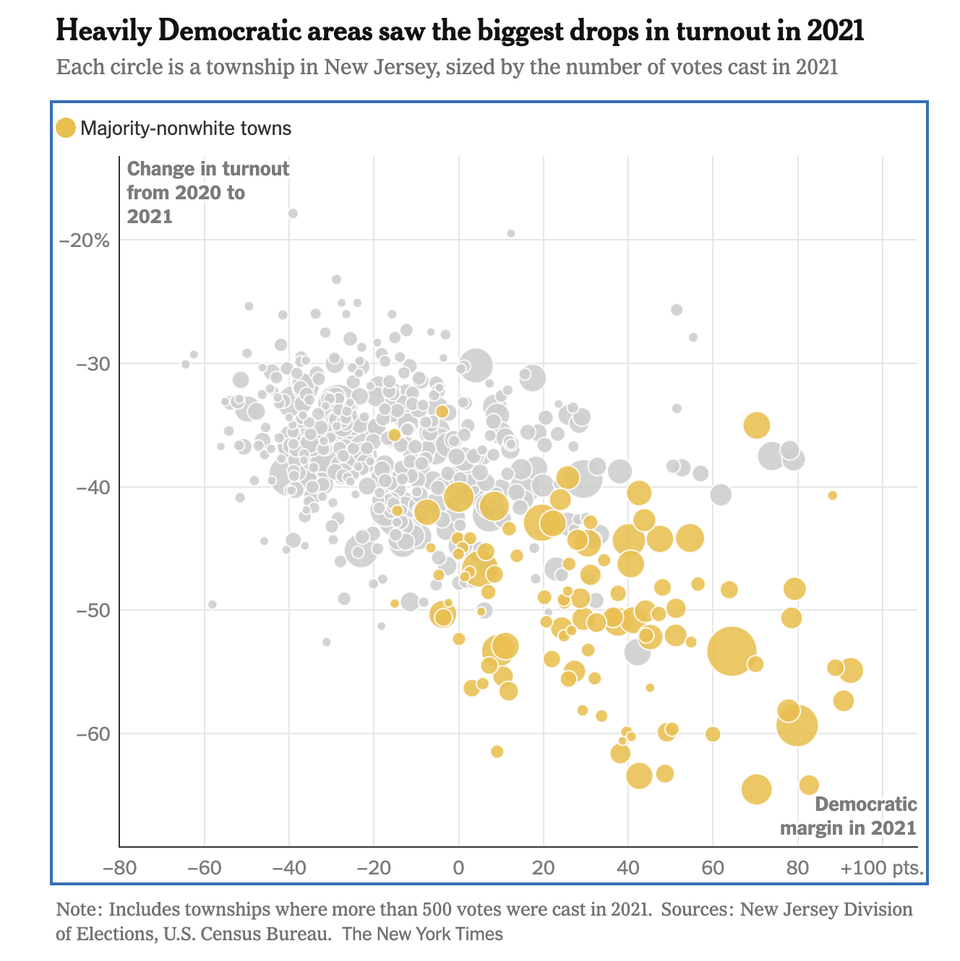Statistical thinking on my subway commute
So I recently moved and needed to find the optimal subway ride up to Columbia. I have been go back and forth between my two choices to collect some data to help make up my mind. Both routes require two train exchanges but only the first leg differs. In other words:
Route 1 : A -> B -> C
Route 2 : X -> B -> C
Here, the "nodes" (A, X, B, C) are train lines and the first arrow is the Times Square subway station. There are two ways to get from my apartment to Times Square, after which the two routes are identical.
This means the problem reduces to comparing:
Route 1s : A
Route 2s : X
How long does it take to get to Times Square using line A versus line X? Based on my experience so far, A > X by 5 minutes. Under normal circumstances, X is the choice as I get to Times Square 5 minutes earlier. The entire trip takes 35-40 minutes - the 5 minutes don't seem like a world of difference.
So far, I have ignored perhaps the most important piece of data: how variable are the travel times on line A versus line X? Each of those legs consists of part walking, part waiting at the platform, and part riding on the train. The waiting is the key source of variability.
The 5 minutes' difference was based on smooth transitions on both lines. If you have used NY subways, you'll know that wait times of 5-15 minutes are very common. So if line X tends to require longer waits at the platform than line A, then the 5-minute advantage can easily be wiped out!
So my next data collection task is to figure out how likely it is to suffer the distribution of wait times at the respective platforms.
***
I cover the average versus variability concept in Chapter 1 of Numbers Rule Your World (link). This concept is related to the signal and noise concept that Nate Silver made famous. The normal difference of 5 minutes is the "signal". The "noise", that is to say, the variability of wait times on the platform, may be so strong that you cannot "see" the signal. This is what I mean by "wiping out the difference."



